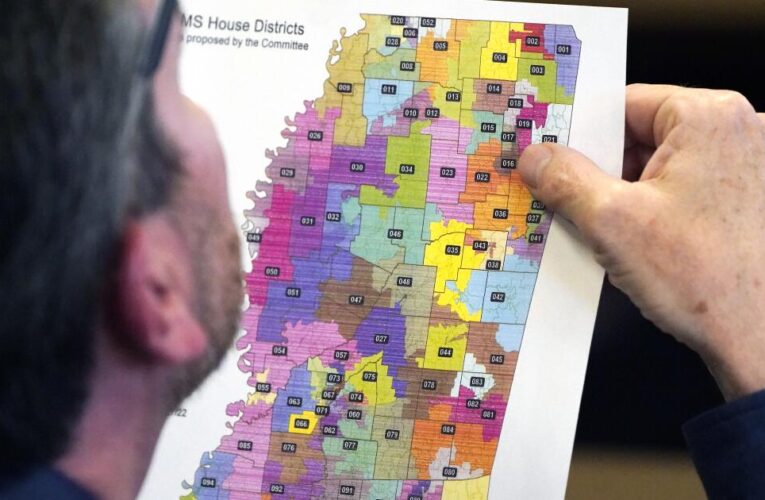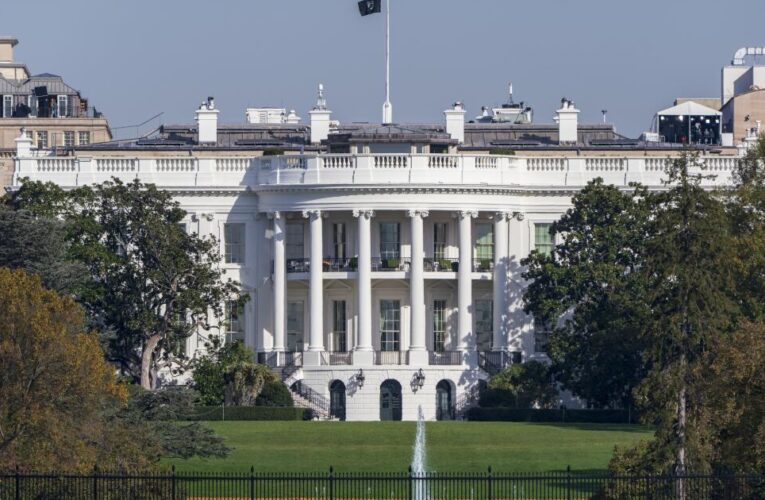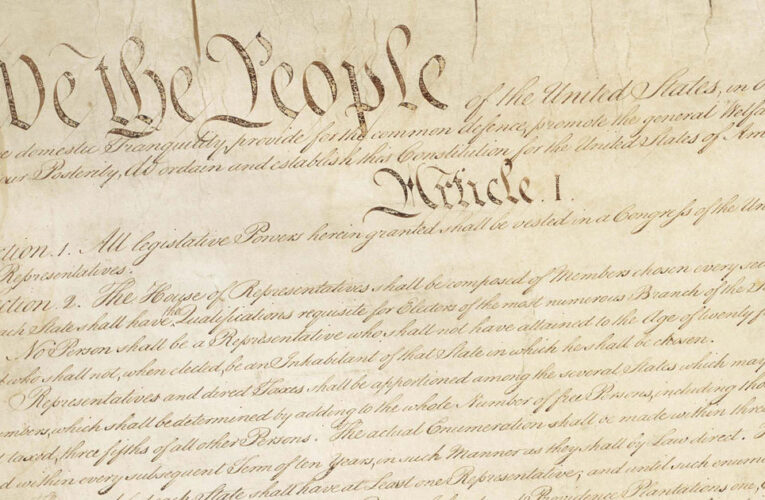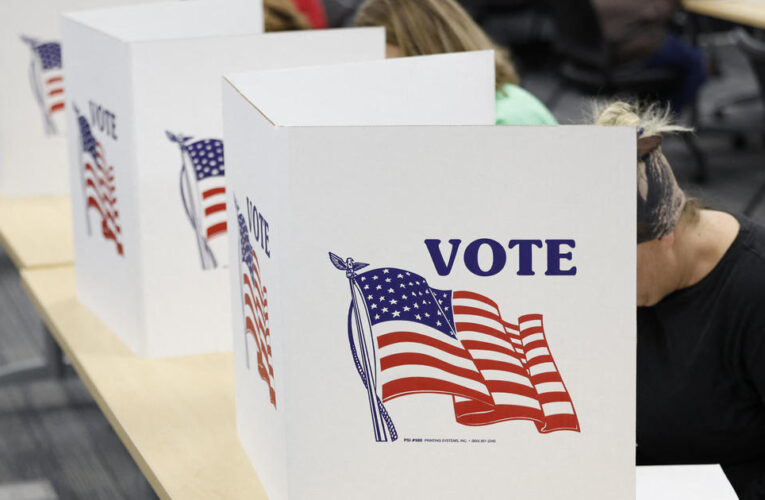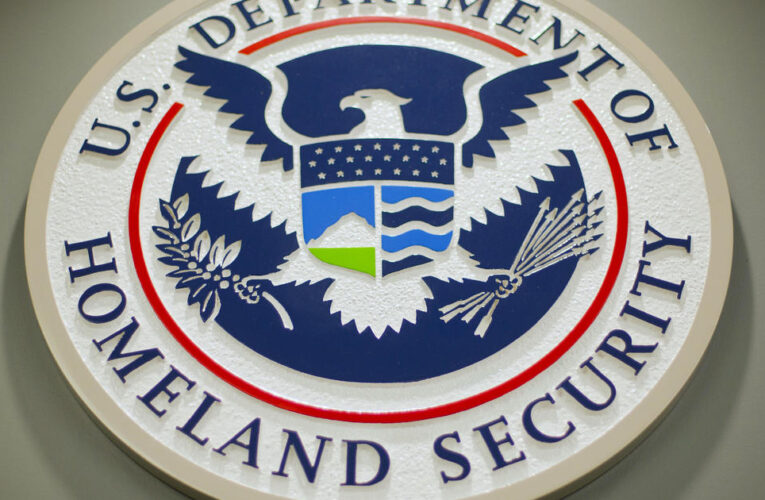Opinion: Republican gerrymandering will shape control of Congress, and potentially the White House
Much like the fight for the White House and the Senate, the battle for control of the House is especially tight — but it is being played on a field tilted decisively toward the GOP. That’s no accident. Republicans designed the field itself. There are 435 House districts. The GOP drew 191 of them, the Democrats just 75 . (The rest were created by courts, commissions or divided governments; seven states have just one House member and elect statewide.) It doesn’t get mentioned enough by the media, which focuses on the horse race of how either side might reach 218 seats. Yet in a race this close, partisan gerrymandering will be central to determining which party takes control of the House. And as it has since 2012, the GOP begins with a head start. Just as importantly, there are dangerously few competitive seats remaining. Thanks to a 2019 Supreme Court decision that declared partisan gerrymandering a political issue that the federal courts could not decide, the national congressional map has been maximally gerrymandered almost everywhere it is possible. The Cook Political Report has identified only



















